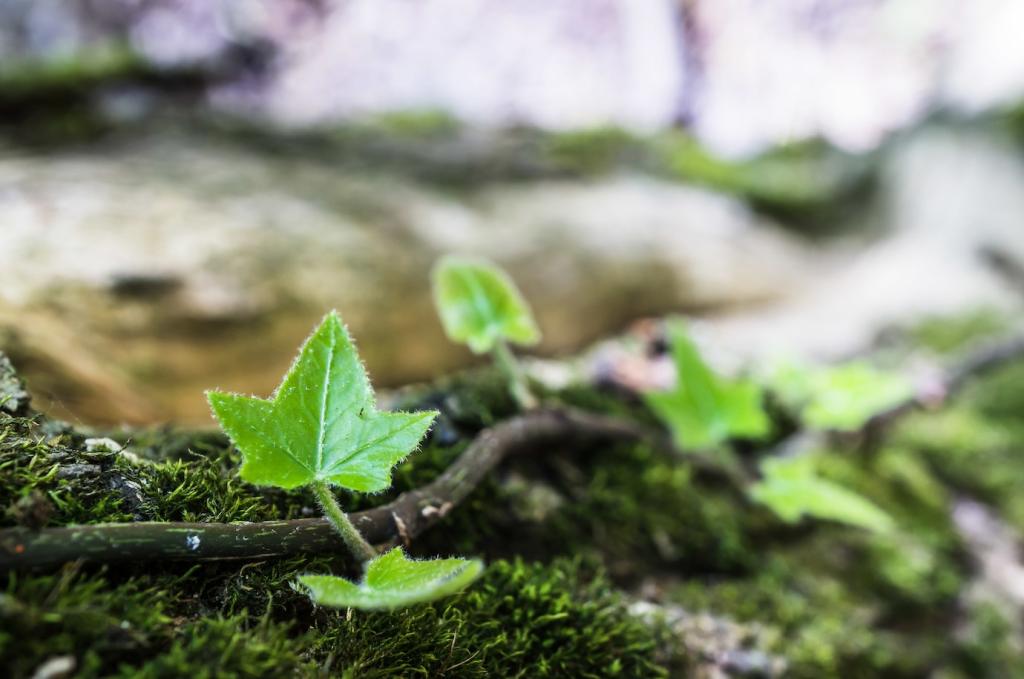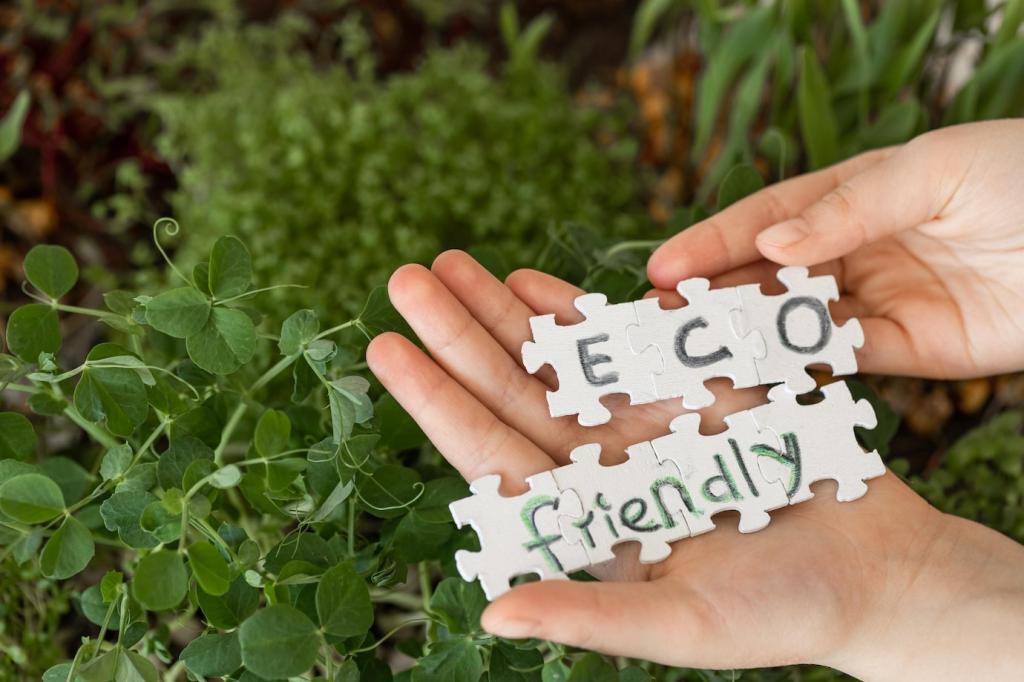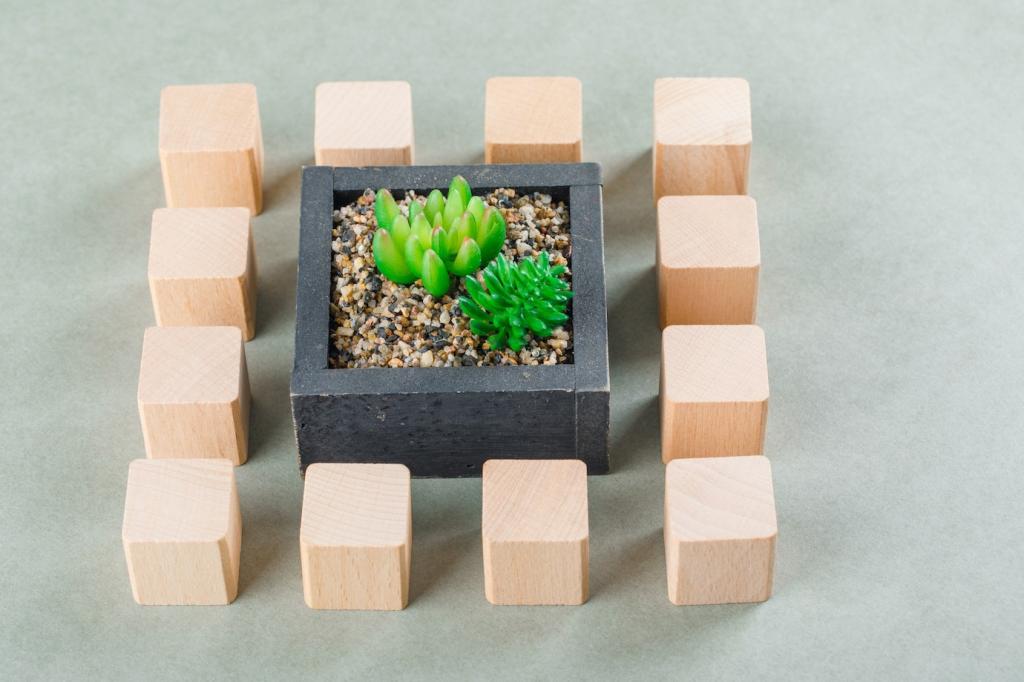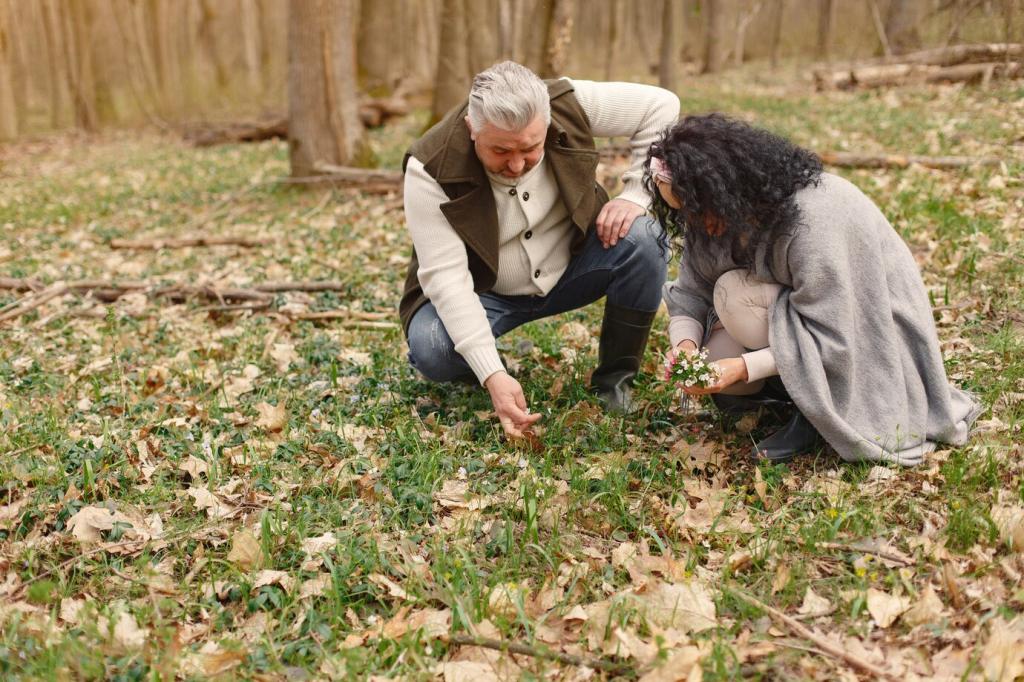Why Native Plants Transform Ordinary Gardens
When you introduce native plants, you feed local pollinators and beneficial insects that evolved alongside them. The result is visible: more butterflies, steadier blooms, fewer pest problems, and a landscape that feels genuinely rooted in place.
Why Native Plants Transform Ordinary Gardens
Because natives suit your region, they typically need less water, fertilizer, and intervention once established. That means lower maintenance, fewer inputs, and a garden that can ride out heat waves, storms, and surprise cold snaps with confidence.






